A brilliant natural wine from the Rhône
I wanted something decent to drink tonight, so I opted for a delicious natural wine from the Rhône. It's made by a dude in Tavel by the name of Eric Pfifferling, who you can read more about here. No sulfur dioxide is added during the vinification, although there's an outside chance that a small amount is added at bottling (the label says, 'contains sulfites', but this might just be precautionary - yeasts can make SO2). Like many natural wines, it is elegant, bright, complex and utterly drinkable. There's an amazing purity to it: with some wines you feel as though you are tasting through a veil; here, all the flavours are uncovered and laser-sharp. And I hate scoring wines like these: it just seems wrong.
L’Anglore Cuvée de la Pierre Chaude NV Vin de Table de France
This is a lovely natural wine from the Rhône, made by Eric Pfifferling from 85% Grenache and 15% Clairette, and although this is officially NV because it’s a VdT, it’s from the 2008 vintage. A bright cherry red colour, it has a vibrant, subtly peppery cherry and red berry fruit nose with just a hint of green herbiness, and some alluring sweet earthy notes. The palate is beautifully bright and fresh with red fruits, herbs, some grippy peppery tannins and a lovely, subtly bitter savoury quality that balances the fruitiness quite beautifully. This is a light, expressive, elegant wine that you’d be hard to place in a blind tasting. It’s quite Burgundian, has a touch of Beaujolais about it, but also shows a bit of Rhône character. I really like it, and it’s amazingly easy to drink. 92/100 (UK availability: Les Caves de Pyrene)
It's wines like this that make me want to hot foot it over to Paris, which has an amazing array of cavistes who specialize in vins naturels (see Bertrand's article here for inspiration). Natural wines shouldn't work, but they do!
Labels: France, Grenache, natural wine, southern rhone
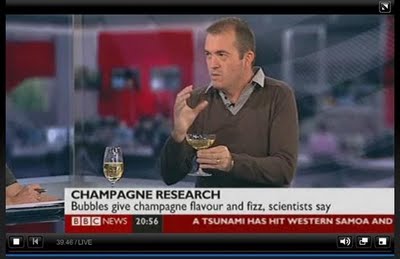
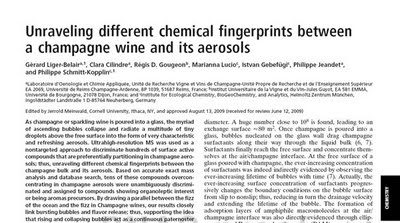
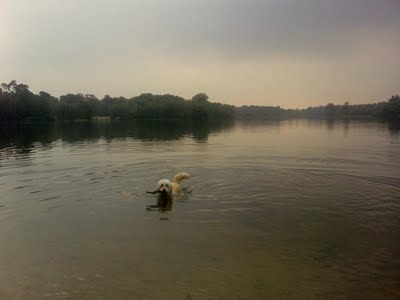
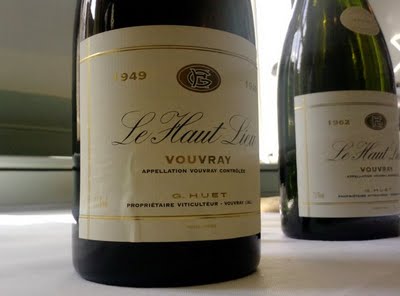
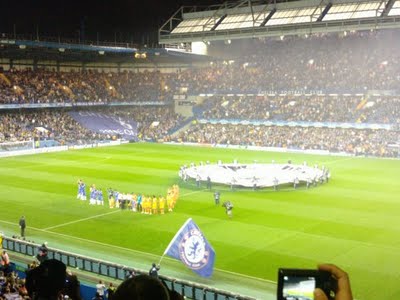
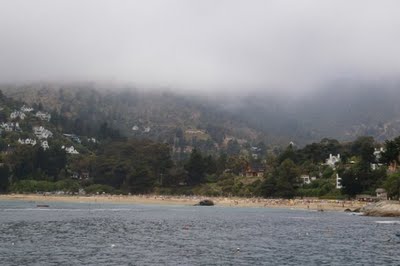
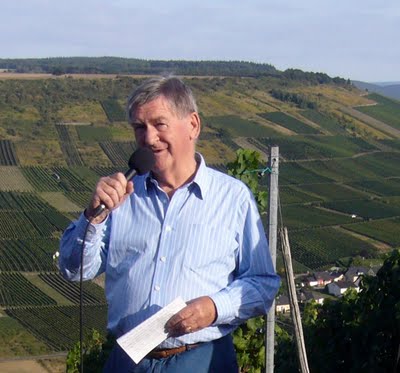
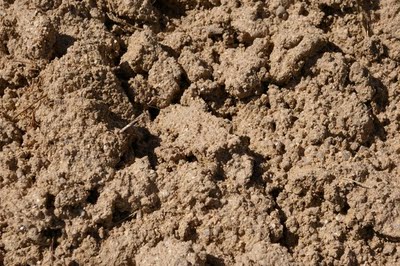
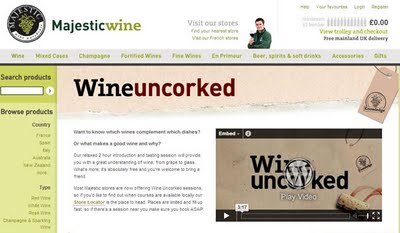
 The web log of wine journalist Jamie Goode. Feel free to nose around; your comments are welcome
The web log of wine journalist Jamie Goode. Feel free to nose around; your comments are welcome 
